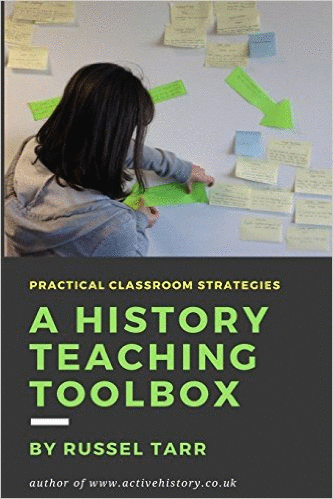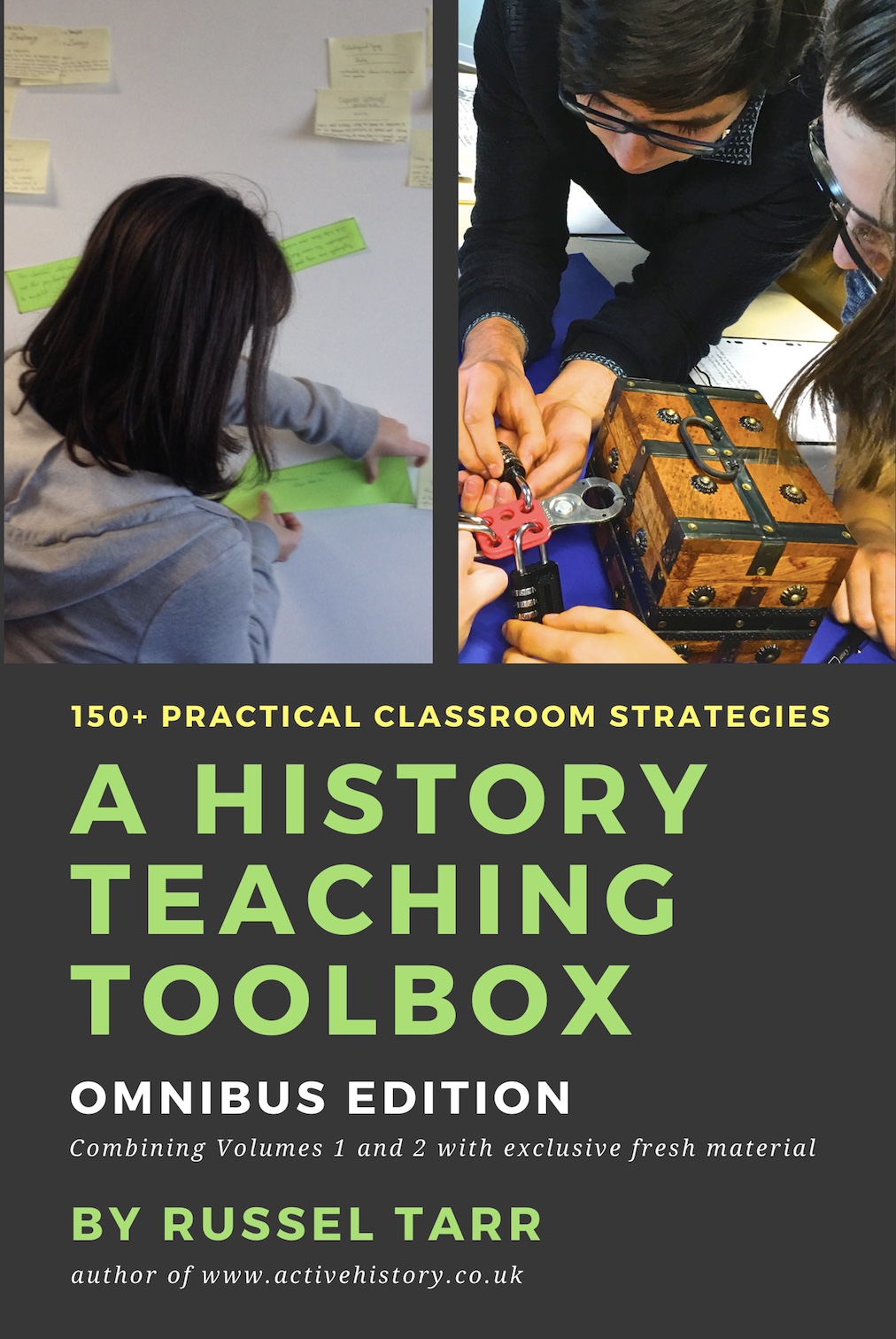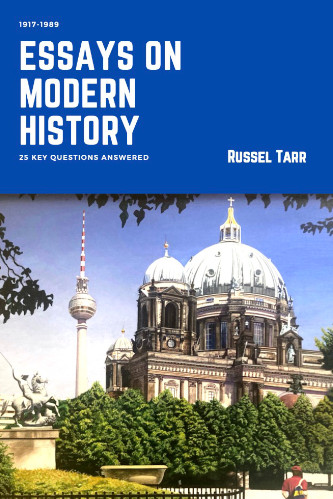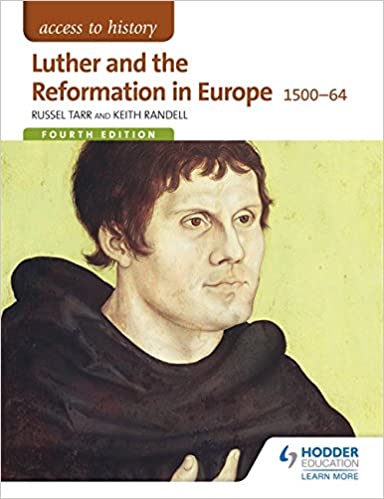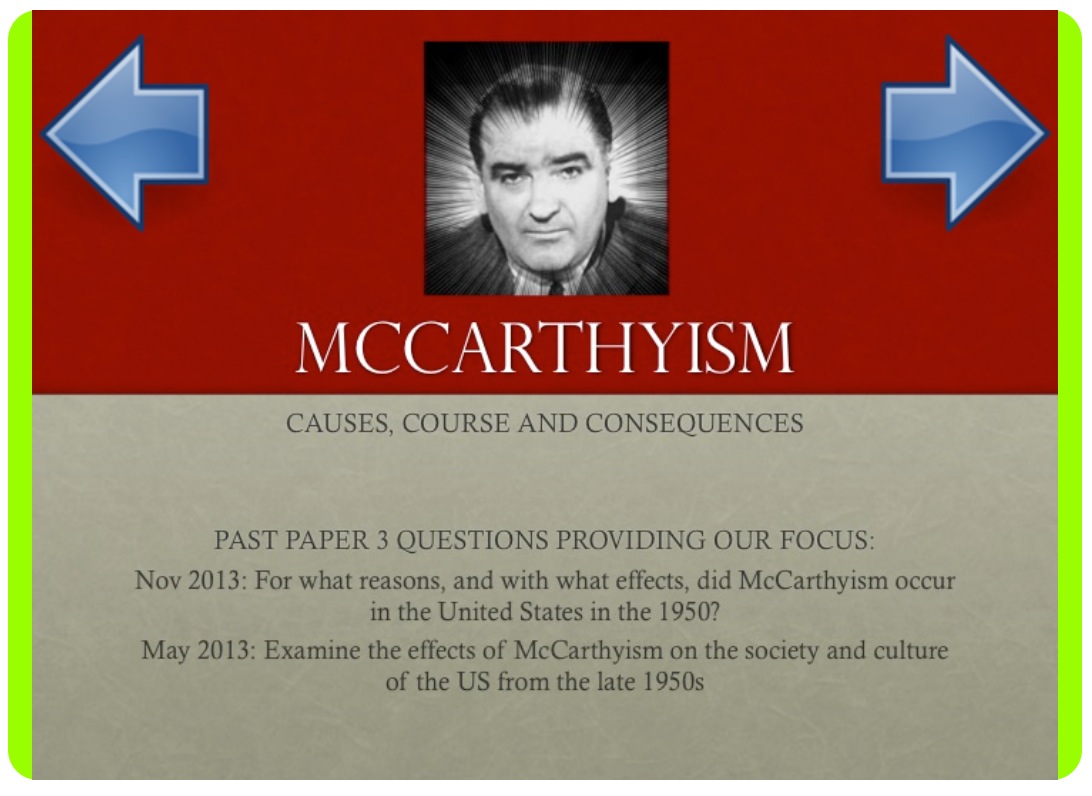 Pre-class preparation: Video Documentary and Worksheet
Pre-class preparation: Video Documentary and Worksheet
Prior to the first lesson on this topic, students should complete this worksheet which provides them with a thorough overview of the main events, themes and personalities.
The Red Scare: Classroom simulation!
In this educational simulation, students each research a different character secretly. One of them was a genuine communist, the rest were innocent of the charges. Then, after each one is interrogated (HUAC style!) by the teacher, students have to organise themselves over several rounds into different groups in an attempt to identify the communist within the group. A great one-hour activity! There is also a PowerPoint presentation about some of the key characters outlined in it to share with students afterwards.
Teacher-Led Online Presentation
A 12-slide presentation providing an essential overview and images to analyse and discuss.
Individual Research Phase | Factual Test
This pack provides detailed information and suggested areas for research. Students choose a range of themes from those suggested and conduct their own research to help them prepare their essays. There is also a factual test for students to test their knowledge of this material.
Design a school exhibition!
The Impact of McCarthyism in the USA in the 1950s is such a rich topic of study that it is difficult to know what to focus on, so I let each student choose their own area of interest (music, film, politics, science....) and then gave them their own exhibition space to produce something in the school corridor. Rather than it being a 'display' they have to include questions / tasks (what they called 'clickbait'!) to get other students interested. They came up with some great ideas ('Which one of these posters is NOT really from the period?', 'Match this character card to the one on display which tells you what happened to them in the Red Scare', 'Find the 'reds under the beds' badges hidden around school and trade each one in for a sweet!'' and so on...
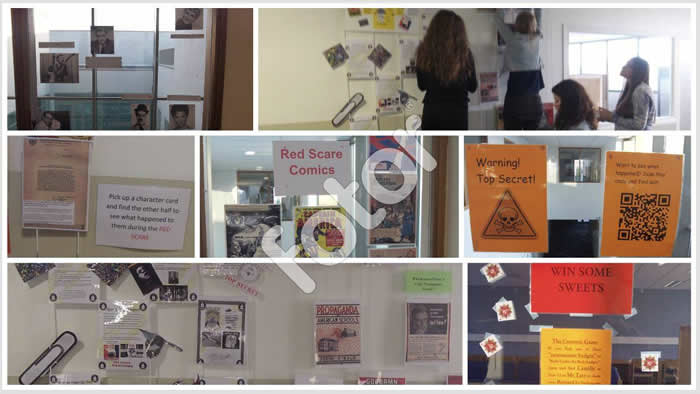
Keyword Checker - How did the early years of the Cold War (1946 to 1956) affect the political and social life of the United States?
When students have completed their essays on this question, they should put them into this key word checker to determine how many key terms they have successfully incorporated.
Model Essay: How did the early years of the Cold War (1946 to 1956) affect the political and social life of the United States? [teacher password required]
Here's a model essay I wrote on the key question in timed conditions, and which students could be given after completing their own.
ActiveHistory IBDP History Revision Podcast | Student worksheet | Teacher notes | Quiz
ActiveHistory IBDP History Revision Podcast > Truman's foreign policy in the Americas: successes and failures
This podcast analyses the impact of Truman's containment policies on Latin America between 1947 and 1953. It argues that Truman, preoccupied with communism in Europe and Asia, prioritised military solutions and regional stability over economic aid and democratic progress in Latin America, fostering resentment. Initial positive sentiment following the Act of Chapultepec, which promised sovereignty, was soon undermined by interventions and the Rio Pact, pushing Latin American nations into an anti-communist stance without reciprocal benefits. The establishment of the OAS and the School of the Americas further solidified this approach, often supporting autocratic regimes. Despite a brief acknowledgement of socio-economic needs with the Point Four program, military aid remained the focus, leading to rising anti-Americanism and strained relationships by the end of Truman's presidency.

© 1998-2025 Russel Tarr, ActiveHistory.co.uk Limited (Reg. 6111680)
1 Torrin Drive, Shrewsbury, Shropshire, SY3 6AW, England
Privacy Policy | Contact


